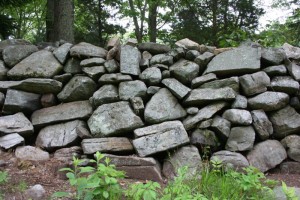Research Interests
Only by looking back on forty years of professional life do I see one over-riding interest. The sharing of geoscience with other disciplines. In hindsight, I can identify three distinct phases.
- GeoArchaeology: Beginning in 1973, my early work on Arctic paleolithic archaeology, paleoecology, and paleoclimatology culminated with the founding of the Alaska Quaternary Center thirty years ago, and my chairing of the Geological Society of America’s Archaeological Geology Division. I continue to help advise Ph.D. students in the Department of Anthropology at UConn, in which I have a joint appointment.
- GeoEcology: My mid-career work on the origin and development of freshwater wetlands was a personal contribution to a broader trend in geosciences that continues to explore the co-evolution of Earth and life through Time. .
- GeoCulture: In 2002, my career took an unexpected pivot toward environmental history and what I now refer to as “geo-criticism.” In sequence, I drifted from the geoarchaeology of stone walls to the hidden history of America’s kettle lakes, and to the self-taught science of Henry David Thoreau.
My mantra is: “No rock. No ecosystem. No culture.” In translation, All of culture is supported by ecosystems, all of which depend on what Thoreau called the “living rock.”
Photo: Historic stone wall in Guilford, CT dominated by locally derived gneiss. Stone size and arrangement suggests an early farm boundary, perhaps late 18th century.
